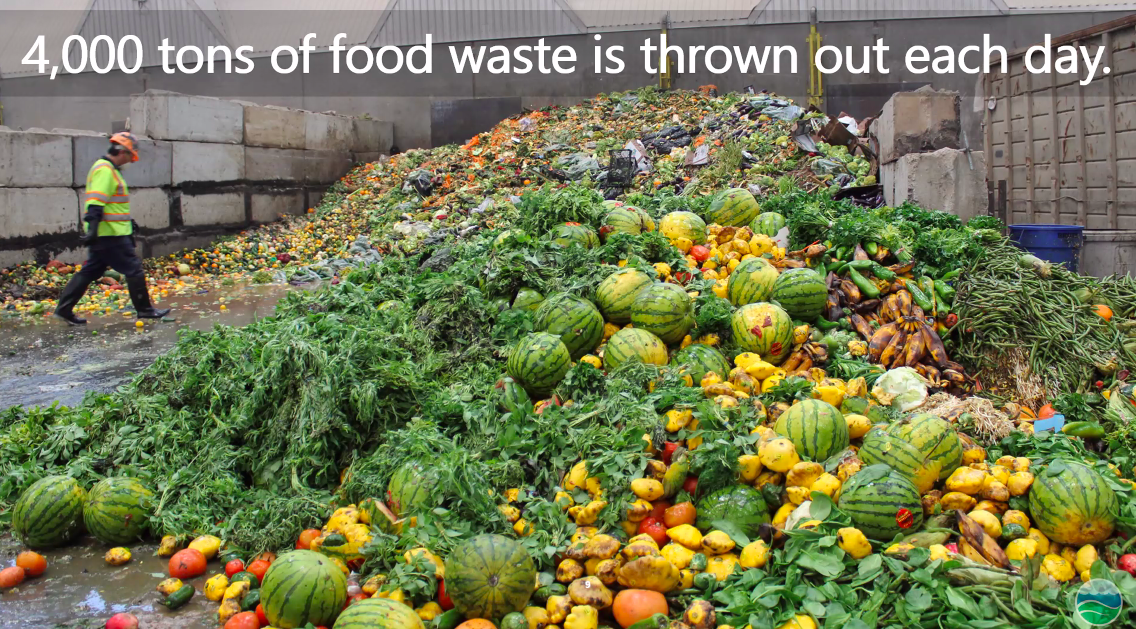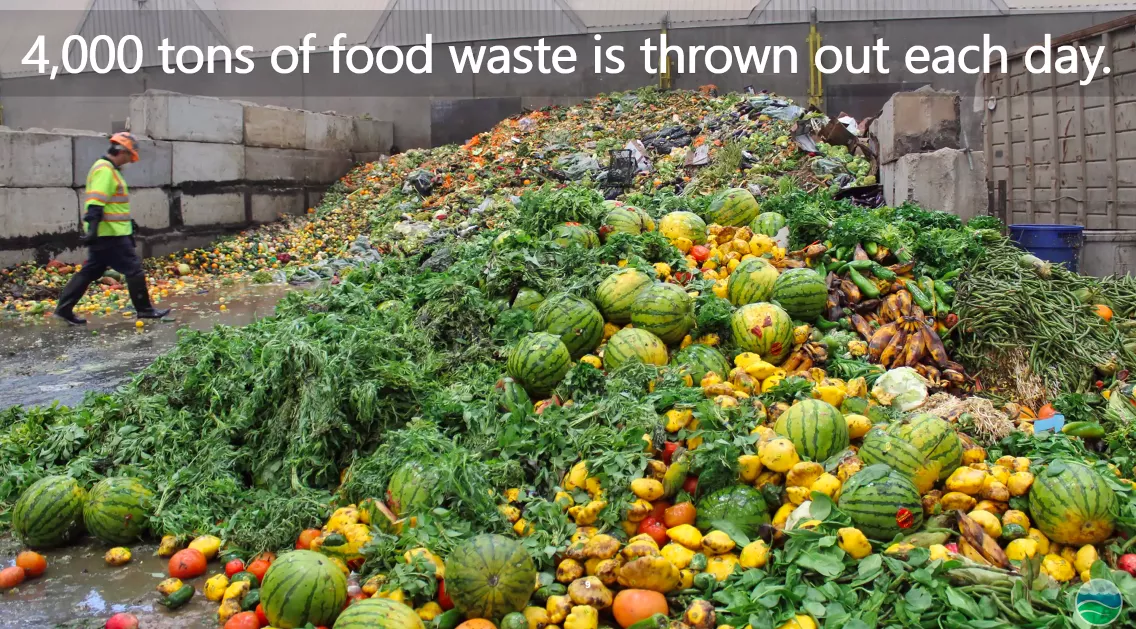December 3, 2020
This holiday season, do your part and take the necessary steps to reduce your food waste.
“In the United States, food waste is estimated at between 30–40 percent of the food supply,” as stated by the FDA. Although, even before the pandemic, twenty percent of the people in “the OC” went to bed hungry. Now, food insecurity is daily news.
You may have noticed panic shopping or hoarding starting again amid another round of lockdowns. We’ve known too well that excessive amounts of food leads to waste. For the lucky ones, who can afford plenty of food, it may be the easiest and most convenient option to throw an old or less than perfect fruit or vegetable into the trash. Ultimately, this harms all of us.
Food waste releases methane into the atmosphere. According to the EPA, “Methane is the second most abundant anthropogenic GHG after carbon dioxide (CO2), accounting for about 20 percent of global emissions. Methane is more than 25 times as potent as carbon dioxide at trapping heat in the atmosphere.” In California, 20% of methane emissions come from landfills according to the California Air Resources Board.
In 2016, SB 1383 was put forth establishing methane emissions reduction targets: 50% reduction in landfilled organic matter by 2020, and 75% reduction by 2025. Although, now enforcement of the law won’t start until January 2022. The Los Angeles County Sanitation Districts stated that they are not meeting the target, currently processing about 300 tons of food waste per day. But, 4000 tons of food is wasted per day.
Wasting food also means wasting water, energy and labor to produce the food, as well as the damages to water quality and air quality in its journey from farm to landfill. The people working in the field or living by the landfill are the ones affected directly. And then, there’re the sanitation workers, who pick up and process our trash. Essentially, everything boils down to environmental justice.

Los Angeles County Sanitation Districts all rights reserved
I’d like to suggest a few simple actions to reduce food waste:
- Be mindful of your serving sizes and only eat what you need
- Buy less.
- Give what you cannot use to charities, neighbors, or coworkers. If you need a few pointers on where and what to donate, check out these organizations: Los Angeles Regional Food Bank, World Harvest Los Angeles Food Bank, Community Action Partnership Orange County or Second Harvest Food Bank Orange County. (Please put your donations in reusable bags or cardboard boxes, to reduce plastic waste.)
If you're interested in learning more and taking action, please check out the websites for the Sierra Club Angeles Chapter Water Committee and Sierra Club CA Zero Waste Committee.
Simone Kuhfal (she/her) is a member of the Sierra Club Palos Verdes South Bay group, volunteering on zero waste and water issues.
